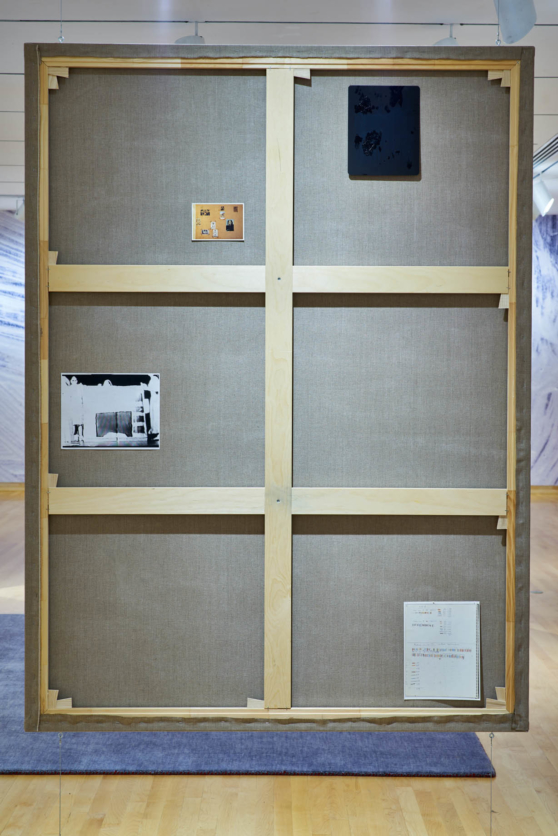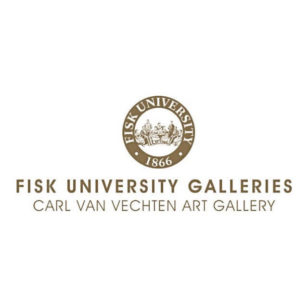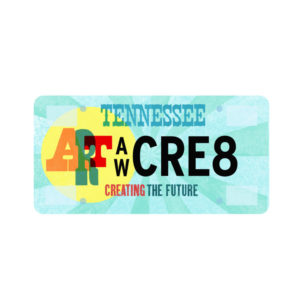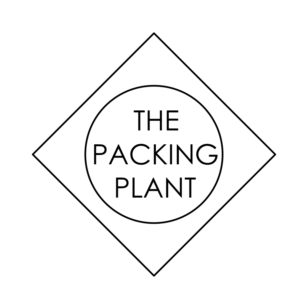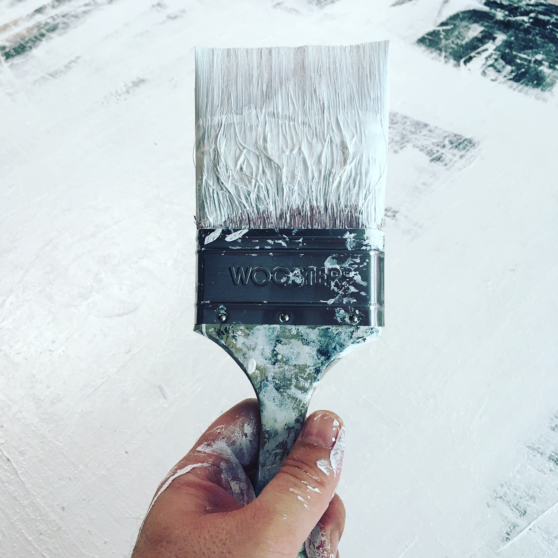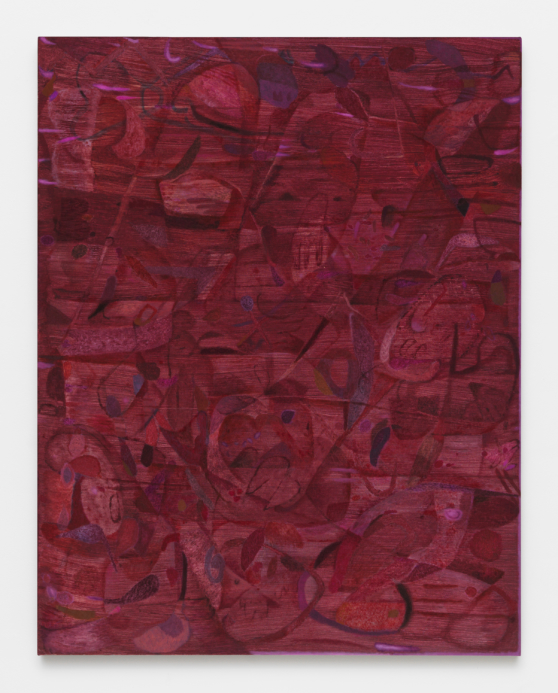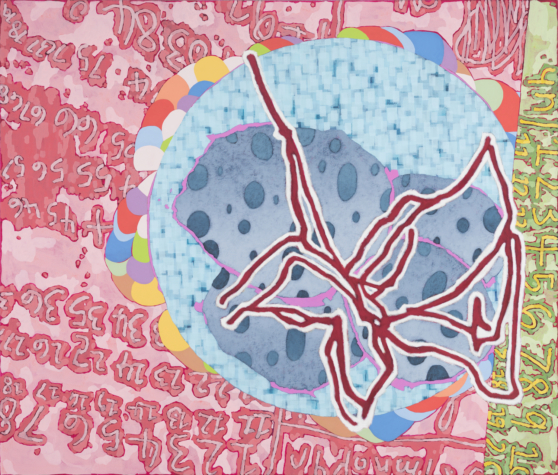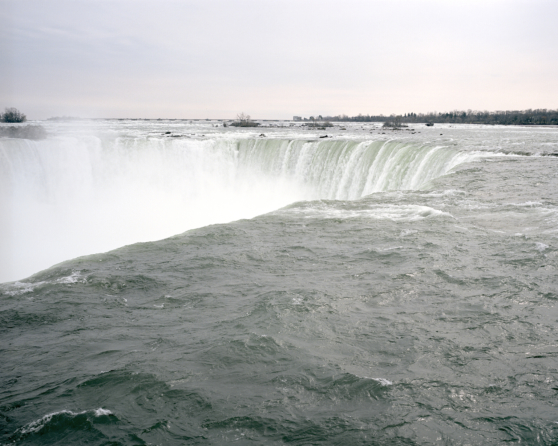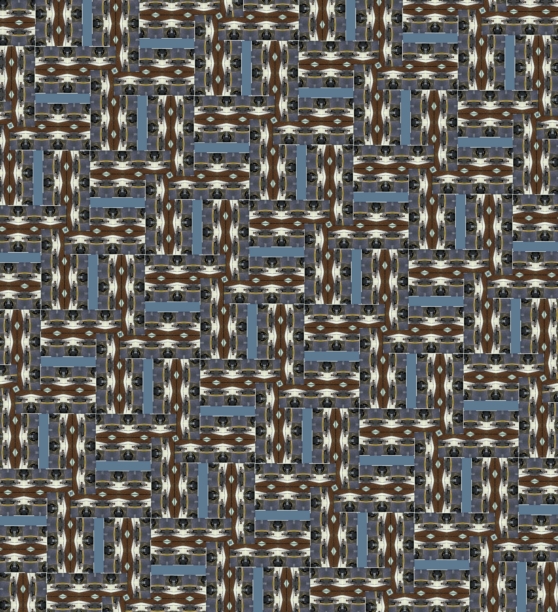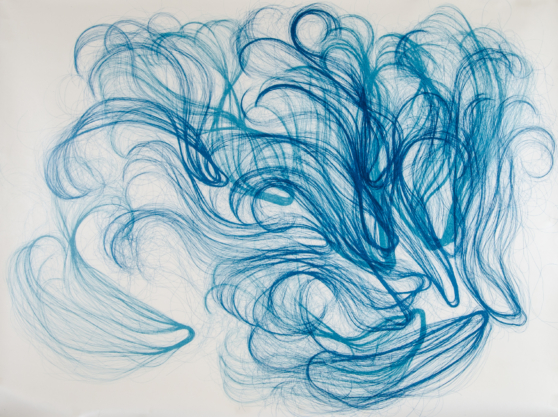Rachel Bubis: You describe yourself as “a hunter and gatherer of images.” Are these both digital and physical? Where do you keep them? Jered Sprecher: Yes, both digital and physical images. A good friend of mine, who is also an artist, talks about being in the studio even when you are not physically in the studio. I really take that to heart. I am always looking for things that are engaging to the eye and the mind. I take a lot...
Read more >THE FOCUS
Ashley Layendecker: How long have you been making this type of work and why? Dwayne Butcher: I used to spend so much time thinking about color; the right color. I would think about the color and the color matching the phrase. Then some people didn't like the color but liked the phrase. When we moved to Baltimore, I was working on a show and we moved across the street from the Baltimore Museum of Art, the BMA. They had a...
Read more >Clare Grill was the Artist in Residence at the School of Art in Knoxville Tennessee this past semester. As a working artist in NYC, she came to UT to teach classes for undergrad and graduate students. I first heard Clare Grill talk about her work at a artist lecture held by the university. I was intrigued by her willingness to be vulnerable about her process in making her work as well as her journey to where she is now. This...
Read more >Rachel Bubis: As a TN native who has been living and working here many years as an artist and curator, how do you take the temperature of the current art scene in TN? Do you notice any similarities or differences between the Memphis and Nashville communities? Hamlett Dobbins: I haven’t been able to travel as much as I used to when I was working as a curator. I think the energy and activism in the Memphis art community ebbs an...
Read more >Rachel Bubis: You’re a Painter. But you seem to approach painting in a very specific and deliberate way, with the intention of re-contextualizing the medium. Would you say this is accurate? John Tallman: Yes, that’s right. If we unpack this specificity in terms painting, I would say it started with [Jackson] Pollock. Pollock took paint as it was, he didn’t try to falsify the characteristics of the paint. He put the liquidity in the center of his wo...
Read more >Rachel Bubis: Your work explores the nature of photography as a medium, specifically, its “failure due to an inherent nostalgia.” Can you talk more about this? Sarah Phyllis Smith: At the heart of it I think I’m interested in our relationship to photographic images, and that’s mostly in reference to personal photographs. Why do we feel compelled to take the photos that we do and what happens in us that makes us reach for our cameras and decide t...
Read more >McLean Fahnestock: I wanted to talk to you because I am really interested in your work. I work a lot with appropriated images and I was struck by the surveillance images that you have been using for a long time now, in the different photographic processes, and how that has evolved over the past 15 years. You began manipulating images of airplanes in C-prints to now you are creating digitally manipulated patterns -- I don’t know if you call them co...
Read more >Amelia Briggs: Can you talk about your use of synthetic hair and how you got started using this material? Althea Murphy-Price: When I first begin exploring hair in my artwork, I used only my own hair. When I did this I always felt the work was bound to my biography and I wasn’t satisfied with the way the narrative became directed at me instead of a larger discussion about identity and society. In my adolescence I...
Read more >